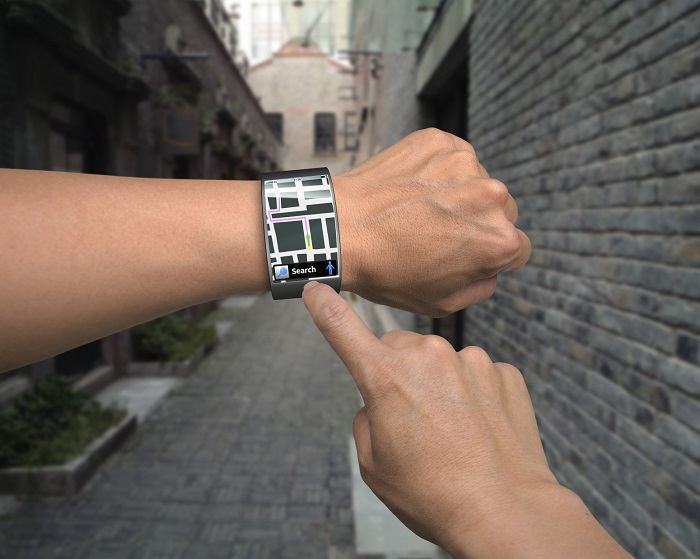By reformulating a series of equations used to determine a GPS receiver’s position, researchers at the University of California (Riverside) have created a new, more computationally efficient method for determining a device’s location.
The algorithmic updates will provide users with software capable of providing centimeter-level accuracy location data via mobile phones, wearable technologies, et al, and without increasing the demand for processing power.

The idea behind the Global Positioning System (GPS) was first introduced in the 1960s as a space-based navigation system. It was design to allow an Earth-based receiver to compute its location and velocity by measuring the time it takes to receive radio signals from four or more overhead satellites. Due to a number of error sources, this system yields position measurements accurate of approximately 10 meters.
Differential GPS, on the other hand, is an improvement upon the system. It works by way of a network of ground-based reference systems; its accuracy is about one meter. This is all well and good, but it’s not accurate enough for emerging technologies like autonomous vehicles.
“To fulfill both the automation and safety needs of driverless cars, some applications need to know not only which lane a car is in, but also where it is in that lane — and need to know it continuously at high rates and high bandwidth for the duration of the trip,” explained Jay Farrell, professor and chair of electrical and computer engineering in the University of California, Riverside’s Bourns College of Engineering, who led the team’s research into the matter.
Farrell says that at present, it is possible to meet these requirements — one needs only to combine GPS measurements with data from an inertial measurement unit (IMU) through an internal navigation system. The resulting combined system provides highly accurate data, while the IMU provides the data necessary to achieve high sample rates and high bandwidth on a constant basis.
There is, of course, an issue with this solution — combining GPS and IMU data to solve for the integers is both computationally exhausting and expensive; as such, it’s seen limited use in the real world. The solution presented by Farrell’s team, however, results in remarkably accurate positioning information with several orders of magnitude fewer computations as well.
“Achieving this level of accuracy with computational loads that are suitable for real-time applications on low-power processors will not only advance the capabilities of highly specialized navigation systems, like those used in driverless cars and precision agriculture, but it will also improve location services accessed through mobile phones and other personal devices, without increasing their cost,” Farrell said.
To learn more, read the team’s full paper, which was recently published in IEEE’s Transactions on Control Systems Technology under the title Computationally Efficient Carrier Integer Ambiguity Resolution in Multiepoch GPS/INS: A Common-Position-Shift Approach.
Advertisement
Learn more about Electronic Products Magazine





